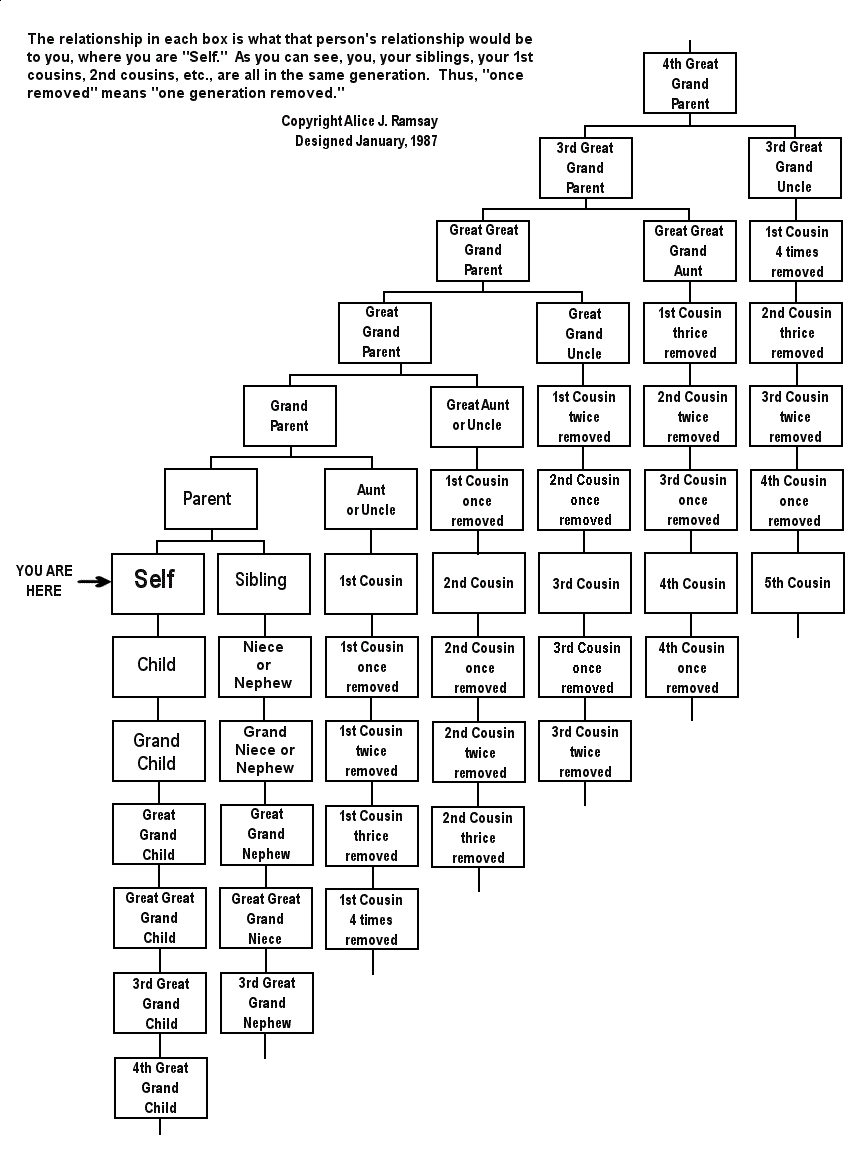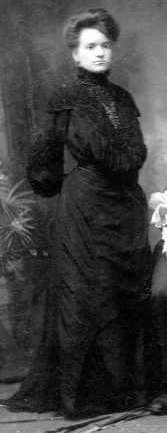There you are, staring at your phone or computer screen.
There’s a green leaf connected to someone’s private family tree or uploaded photograph.
You and the other person possibly share a set of great-great grandparents based on your DNA results.
You want to know more about this part of your family, about where you come from, about the stories of those people who came before you. You’re heart flutters, you’ve had this brick wall for a long time, and now, there’s the potential for light to be shed in making contact with this person.
Now, how do you approach actually reaching out? Even more so, how to do it with grace and ease.
Before you send the message out, here are some things to keep in mind to ease your mind:
See the last time the account logged in. If it was a long time ago, the person may not be so responsive. It doesn’t mean they won’t, but they may not respond if they’re not active on their account.
If someone just joined the platform , give it some time, they may still be gathering their own information or could feel overwhelmed if you reach out too quickly.
If contacting a DNA relative, note if they have a “Managed by____” notation next to their name. This is usually who will receive the message.
If they don’t respond after 2-3 tries to make contact, release & let it go. In time they may respond or you can find another way to go.
Take these steps to make contact.
Like the first step of The RoadMap that I share in Planting Our Trees, what is your intention in reaching out to them? What do you want to know. Start with this even BEFORE reaching out. Get connected to what you want.
Not only will this help you feel more settled when reaching out, it will also allow you to be more clear in your request.
Some example: Do you want to know how you’re related/know your common ancestor? Do you want to know more about a specific person? Do you want to know more about a branch of your own family tree?Subject Line- It’s really easy to use a subject line like “Question for you about XYZ family”, but that’s a little vague. Use subjects that show how you are or might be connected. It gives a person more incentive
For example, use subject lines like “2nd to 3rd cousins on AncestryDNA” or “Possibly Share Great Grandparents on Grannick side”.
Do not write the subject all in CAPS. It can seem like you’re yelling when all in caps and of course that’s not what you’re doing :-).Body of Message- Now, when you write your message to the other person, keep some things in mind:
a) be polite and kind
b) include your name in the message (even if just a first name for privacy reasons if you want).
c) offer to be helpful in trying to make family connections
d) keep it as brief as possible. You don’t need to share all the information you have in this first message.
Start the message off by introducing yourself. In the next sentence explain how you’re connected or how you’re matched. The next sentence(s) are about why you’re reaching out. And if you have some information, you can share that here (this is one way to show how you can be helpful).
Here’s an example of what you an write, especially if you don’t know exactly how you’re related:
”Hi Lisa. My name is Jaclyn. I hope this message finds you well. I see on your tree you also have a branch of the Pagett family that I also have on my tree. I’ve been researching this line for many years and have had difficulty finding information on Joseph Pagett, my great-grandfather’s, father. Joseph was born in Paris, France in 1891 and died in New York in 1974. If you have more information about this or found some good sources about his father, I’d be happy to speak with you. Warmly, Jaclyn.”
If it’s a DNA match, you can easily change the first part to read something like “23andMe show’s we’re possibly 2nd cousins and we share the Pagett, Usemitsky and Shapiro last names.”Hit send and be patient :-) If you don’t hear back after a couple of weeks, try again. After 2-3 attempts, let it go and move on. It can feel like a defeat, but know that a roadblock just means there are other places and people to connect with. IIt’s not necessarily personal, especially if they don’t know you and you were kind and polite in your message. It could be the person isn’t available or joined the platform for self-knowledge and not connectin to other people.
What do you do if a family tree or a DNA match shows a close relative- like a long lost parent, aunt/uncle, grandparent or sibling?
When DNA testing shows that you’re a close relative of someone, it’s almost 100% accurate. Discovering something like a long lost close famly relative can be full of many emotions: elation, devestation or sometimes, a mix of the two. The other person might not know you exist. So, when reaching out it’s important to be sensitive to all the possibilties of what the other person’s response might be, as well.
Start with a subject line that doesn’t evoke too much emotion (so not “I think you’re my long-lost brother!”). Start with something like “Ancestry matched as close family”.
The body of the message should also be kind and patient in tone. You can keep it short and sweet. Start with who you are, that you’re matched as close family, and how you’re possibly related. Then express you’d like to explore how you’re related and you’d like to hear back from them.
Here’s an example:
”Hi Robert. My name is Meredith. My 23andMe results are showing we’re a close family match, maybe even siblings. If you’re open to it, I’d love to explore our connection together. I hope to hear from you soon. Kindly, Meredith.”
No matter who you’re reaching out to or why, once you hit send, take deep breaths and be patient.
Sometimes they won’t respond right away. It can be because they didn’t see the message or are taking the time to formulate the response. If you’re messaging on a platform like Ancestry, someone else could be managing the account. And, unfortunatly, people won’t necessarily respond, and that’s OK, too.





















